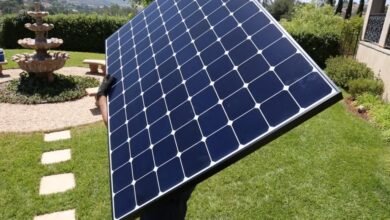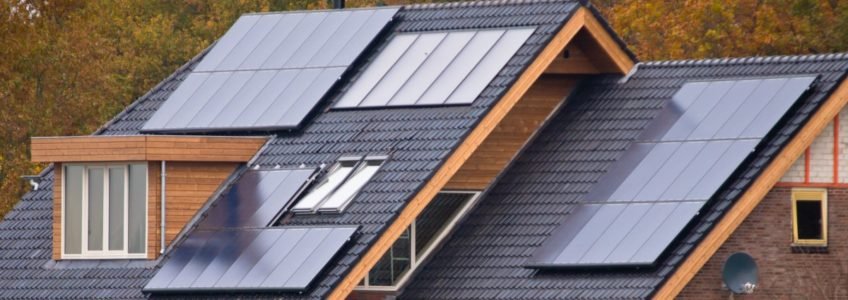
Connection of solar panels: types and points to consider
One of the most frequently asked questions when installing our solar system is how should I connect it. After having selected the model of solar panels to supply the house or industrial building with energy, it is necessary to decide on the convenient connection. This point is very important since not doing it correctly would mean that our solar system could not work or damage some component. So in this article we are going to delve into the different ways of how to connect solar panels.
Connection of solar panels
The connection of the solar panels can be: in series, in parallel or a combination of series and parallel.
Connecting the solar panels in parallel
Increase the intensity and the tension is the same.
To connect the solar panels in parallel we must connect all the positives together, and all the negatives together. With this connection we get the voltage to be the one provided by the solar panel and the intensity we get when making this connection will be the sum of all the intensities provided by each panel.
Example : If we place 3 panels in parallel, the intensity of each panel will be multiplied by 3 and the voltage will remain the same.

To make the connections of the solar panels it is recommended to use the MC4 connectors. This type of connector allows connections to be made in a sealed and safe way, so the connection will be protected against inclement weather.
Connecting the solar panels in series
The voltage is added and the current stays the same.
To connect the solar panels in series, we must connect the positive of one solar panel to the negative of the other, performing this action successively until we have the positive at one end and the negative at the other. In the series connection of the solar panels we get as a result a voltage that will be the sum of all the voltages
Example : If we place 3 panels in series, the voltage of each panel will be multiplied by 3 and the intensity will remain the same.

The use of this type of connection is very common in systems that incorporate an MPPT charge regulator, since this allows us to have higher voltages in our photovoltaic field (100V or 150V maximum voltage in open circuit) than in batteries. So if we use an MPPT charge regulator it allows us to connect panels to a higher voltage than batteries , the number of solar panels that we can connect will depend on the selected regulator. This type of regulators allow more than 20% more production to be obtained from the panels.
We also remember that the use of PWM charge regulators is limited to 36-cell or 72-cell panels, to make 12V, 24V or 48V connections. PWM regulators cannot be connected to 60 cell panels.
Connection of solar panels in series-parallel
It is a setting that increases both voltage and intensity depending on the setting.
Many times we need to increase both tension and intensity. For this we must make a series-parallel connection to achieve the desired values.

Before making the connections of the solar panels it is important to understand the warnings of the connection.
– Always connect the battery to the regulator or inverter first and then to the panels.
– Use solar regulators that support the intensity coming from the panels of our installation.
– Do not connect panels of different powers, cells or models in series.
– The current value at maximum power (IMP) is used to find the load current, not the short-circuit current (ISC).
– It is used to find the operating voltage of the panel, the voltage at maximum power (Vmp). The open circuit voltage value (Voc) is not used.
– The Voc value is used to know the maximum voltage that the installation can obtain due to temperature.






